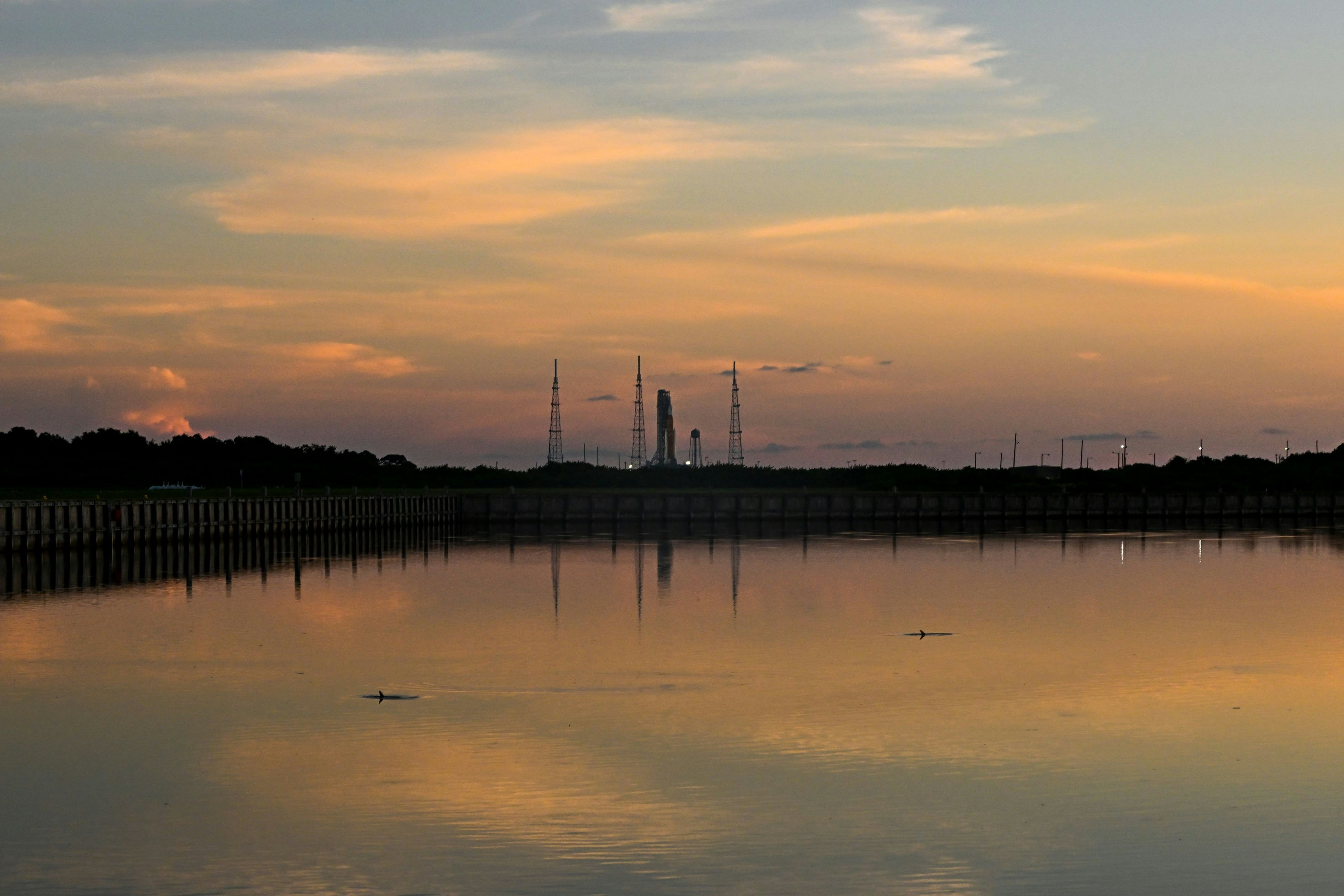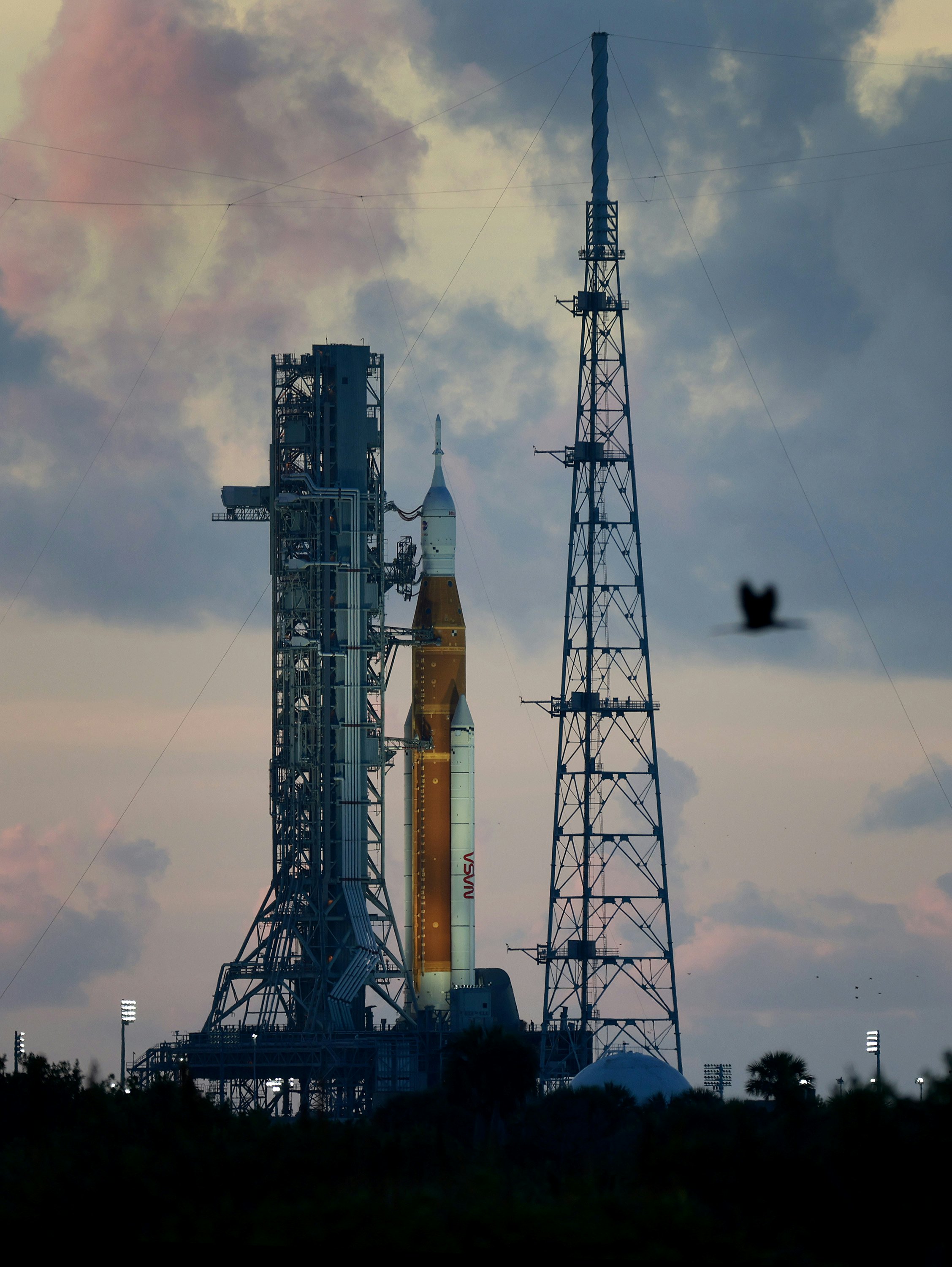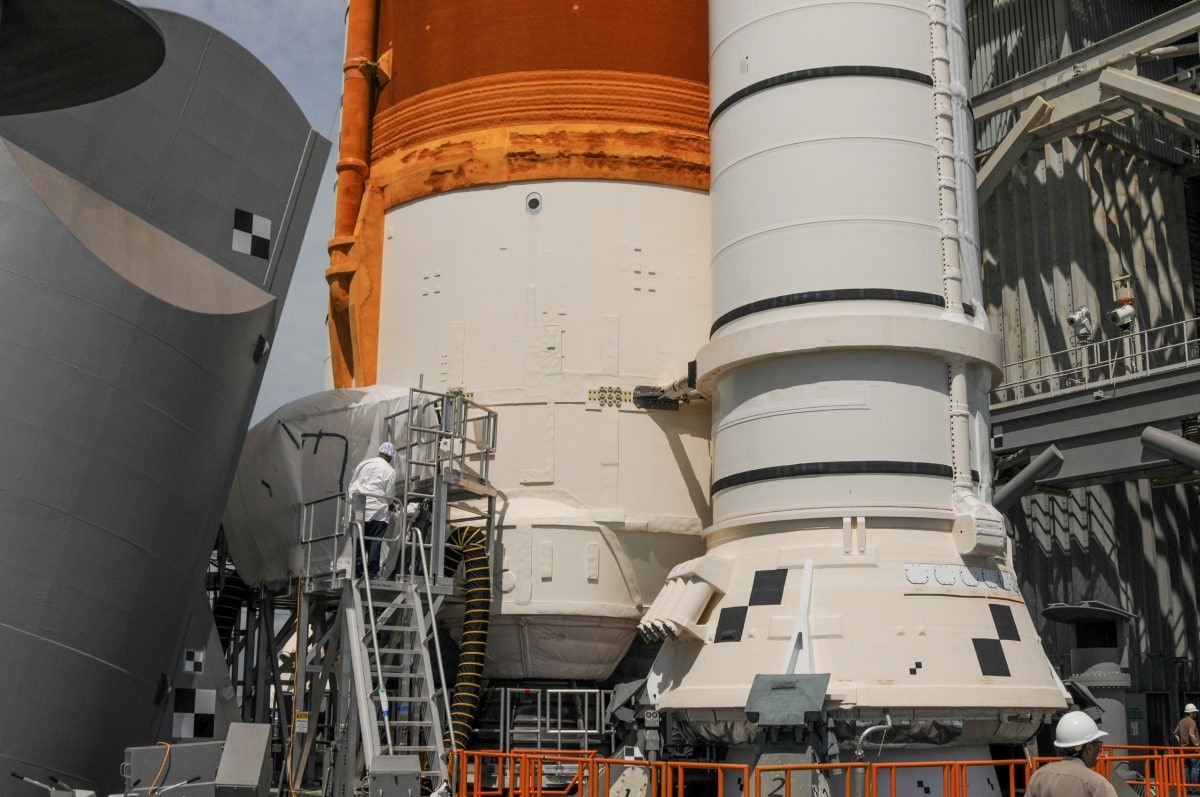
In a few weeks, NASA will try again to launch its Artemis I rocket.
The space agency narrowed down when the next and third launch attempt will happen. But it had to sort through many different obstacles to settle on the new possible date, September 27.
The fueling process failed on August 29 and September 3, and one pesky issue with a propellant leak seems to have been solved. Nevertheless, a few known hurdles could still get in the way. And only time will tell when Artemis I is ready to ignite its hundreds of thousands of gallons of cryogenic fuel to produce the needed 8.8 million lbs. of thrust to reach the Moon.
If it flies, Artemis I will set into motion one of NASA’s most ambitious space programs since the Apollo era.
If it gets the greenlight, Artemis I’s flight will be as follows:
- September 27 — Launch window opens at 11:37 a.m. EDT, and lasts 70 minutes. The mission would land back on Earth on November 5
- October 2 — Another flight attempt date, currently under review. Launch window opens at 2:52 p.m., and lasts 109 minutes. The mission would land on Earth on November 11.

What’s happened since the last launch attempt?
For now, NASA has elected to keep its towering rocket on the site where it will lift off rather than return it to the vehicle assembly building. Artemis I stands taller than the Statue of Liberty, and agency personnel are reluctant to move the towering launcher more than they absolutely need to.
Teams set up a plastic tent with air conditioning where they opened up the rocket’s façade at Launchpad 39B. The agency reported last week in a blog post that they removed and replaced the seals of two lines — an eight-inch line used to fill (and drain) liquid hydrogen from Artemis I’s core stage, and the four-inch bleed line used to redirect propellant during tanking operations. They hope those actions finally address the hydrogen leak that kept the rocket grounded on September 3.
As several NASA officials have noted, hydrogen is a small molecule and highly flammable, but it holds enough power to deliver its rocket past the Moon and back.
“Over the weekend, Artemis I teams completed repair work to the area of a hydrogen leak, reconnecting the ground- and rocket-side plates on the quick disconnect for the liquid hydrogen fuel feed line where two seals were replaced last week,” NASA announced on its blog on Monday.
The quick disconnect is an interface between the liquid hydrogen fuel line on the rocket and on the mobile launcher (the tower that currently resembles the backbone to Artemis I).
What will happen next?
Now NASA must conduct a test of its newly-fixed seals. It’s elected to do a short version of a wet dress rehearsal, where agency personnel will pump fuel into the rocket’s engines but not go completely through terminal count as the test usually requires. The agency will conduct the demonstration next week, on September 21.

If that looks good, NASA will try to fly Artemis I on September 27. By picking this date, NASA avoids overlap with another crucial mission, the Double Asteroid Redirection Test (DART). This is a planetary defense mission that will slam into an asteroid to see if it can shift the object onto a different path in space, and this data could support efforts to help humans fend themselves from a killer asteroid in the future.
Needless to say, DART’s readings will be crucial to receive, and the new Artemis I launch means the Moon rocket won’t risk jamming up the Deep Space Network that NASA uses to communicate with its spacecraft.
To fly on September 27, NASA first needs approval from the U.S. Space Force’s Eastern Range, which has rules about how long the batteries on Artemis I’s flight termination system are left without being reset. This system is designed to blow up the rocket if it veers onto a potentially dangerous path as it climbs upwards over the Atlantic Ocean.
Swift progress has brought Artemis I to its status today, and it’s now in a much better position than it was just one week ago. For now, the public watches and waits, to see if there’ll be any other delays or if Artemis will finally spring into action.
!["[T]he First and Fifth Amendments Require ICE to Provide Information About the Whereabouts of a Detained Person"](https://images.inkl.com/s3/publisher/cover/212/reason-cover.png?w=600)






